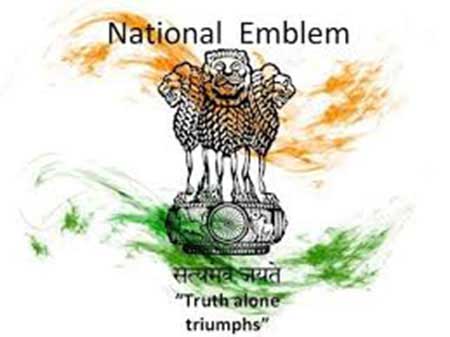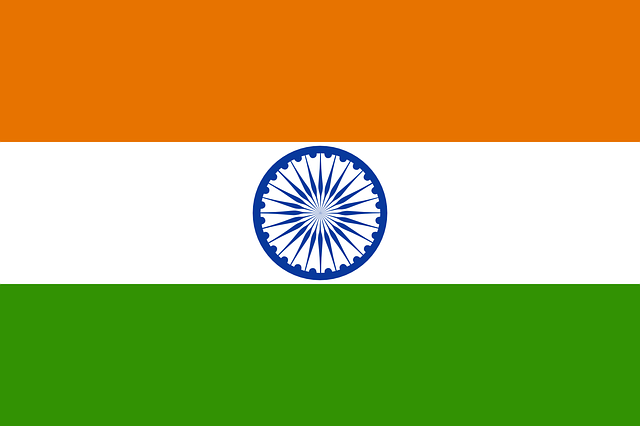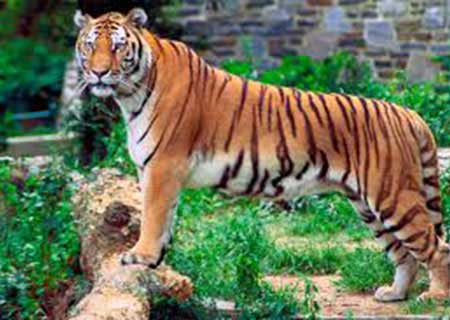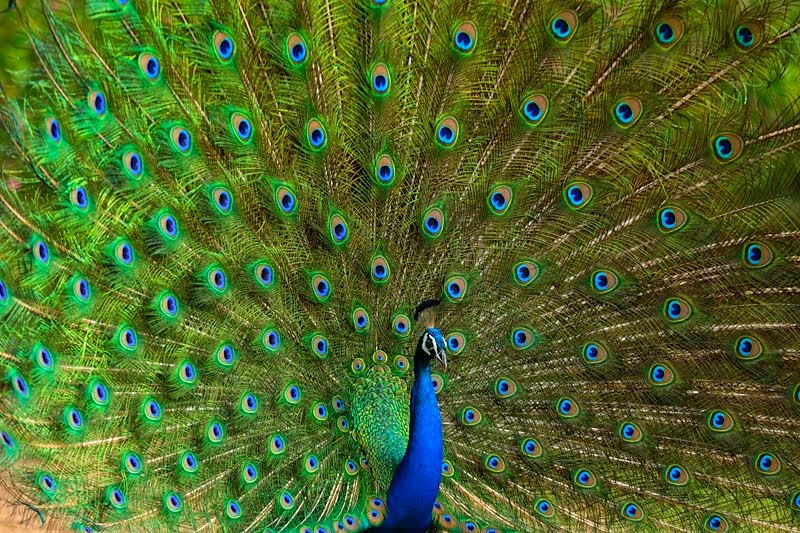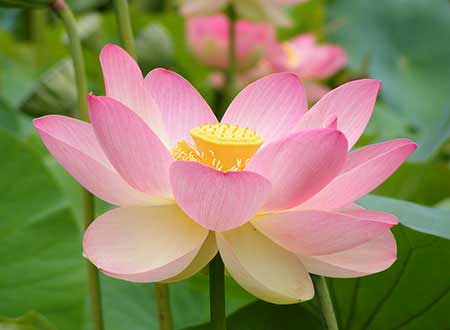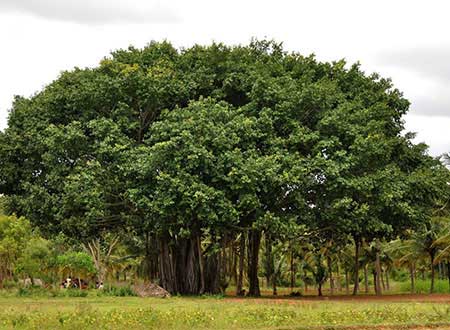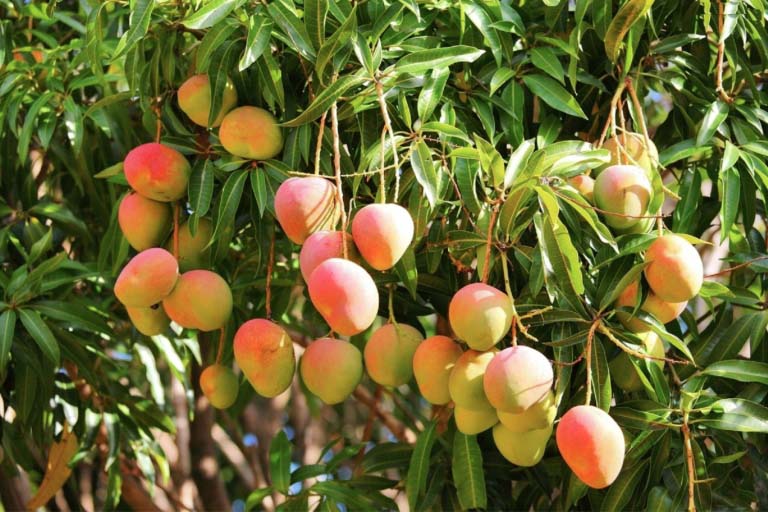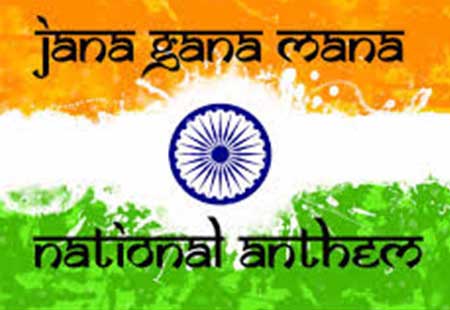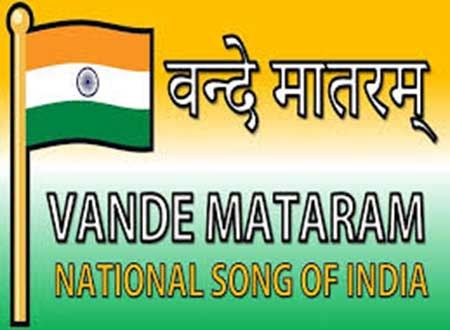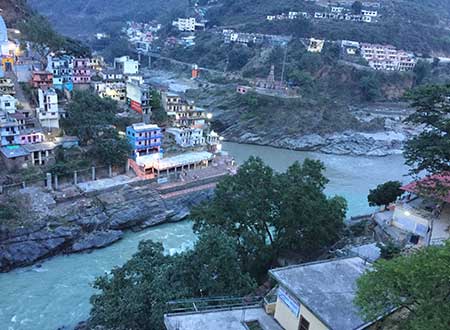National Bird
The male bird of species Pavo cristatus, the peacock is a native of India, with striking plumage and upper tail converts marked with iridescent ocelli, and able to expand its tail erect like fan as ostentatious display. Peacocks are related to pheasants. It is a colorful, swan-sized bird, with a fan-shaped crest of feathers, a white patch under the eye and a long, slender neck. The male of the species is more colorful than the female, with a glistening blue breast and neck and a spectacular bronze-green train of around 200 elongated feathers. The female is brownish, slightly smaller than the male, and lacks the train.
